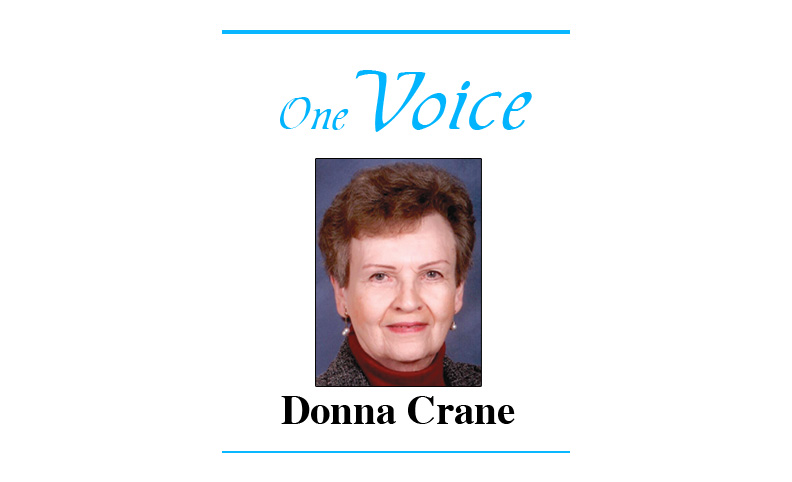
My first impression of Indians, which we now describe as Native Americans, wasn’t very positive. Our community movie theater ran many Friday night specials which starred cowboys who were always the good guy and fighting for justice against the bad-guy Indians. It was easy to hate the Indians then, however, now that I’m older and wiser that child-like dislike has changed to respect for the Native-American culture.
The book, “Warriors Of The Rainbow: Strange And Prophetic Indian Dreams” by authors William Willoya and Vinson Brown is informative. It was originally published in 1962 and again in 2015 with revisions.
The authors wrote as an introduction, “This (book) is a touching story of a great-grandmother instilling the Indian spirit in her great grandson. It gives guidelines for a glorious future: ‘We have had enough now of talk. Let there be deeds.
“In the words that follow we have written simply and wholly what we believe, believing that only God is the Knower. That men should love one another and understand one another is the great message of the visions of the Indian peoples told about in this book, nothing of selfishness nor vanity, nothing of narrowness, nor pride.
“We write what we feel deep in our hearts, and the bulk of the book is the expression of this feeling. On the other hand, we wish to write about only what is reasonable and intelligent, so, in the appendix at the back of this book, we give what we consider reasonable and intelligent answers to why the study of prophetic dreams has value, how they fit patterns, and how it may be possible to understand them.
Frank Zelko, an author and an environmental professor at the University of Vermont, writes: “The German branch of Greenpeace announced itself to the world in June 1981 when two activists climbed a smokestack in Hamburg and festooned it with a banner which read:
“Erst wenn der letzte Baum gefällt, der letzte Fluss vergiftet und der letzte Fisch gefangen ist, werdet ihr merken, dass man Geld nicht essen kann.” In English: “When the last tree is cut down, the last fish eaten, and the last stream poisoned, you will realize that you cannot eat money.”
Zelko: “The Greenpeace activists attributed this warning to the Cree Indian tribe of North America, although like many such proverbs its provenance is dubious. Nevertheless, it fit well with Greenpeace’s conception of itself as the ‘Warriors of the Rainbow,’ a phrase signifying solidarity with native peoples whose cultures were seen as much more environmentally-responsible than those of industrialized nations.
Zelko: “How did Greenpeace develop this affinity with Native Americans? The story begins in 1971 when the organization was embarking on its first campaign, an attempt to sail a boat from Vancouver into a restricted U.S. nuclear testing area on Amchitka Island in the North Pacific. Bob Hunter, a countercultural journalist and one of the most influential early members of Greenpeace, brought with him the book, ‘Warriors of the Rainbow’, a compilation of native American prophecies and myths collected and interpreted by Vinson Brown, a prolific nature writer with a strong interest in native American culture, and William Willoya, an Alaskan Indian who visited dozens of tribes throughout the northwest in order to gather material for the book. A typical piece of the 1960s esoterica, the book added to the growing image of the wise ‘ecological Indian’ that became such a powerful symbol of 1970s environmentalism, a construct that blended romanticized primitivism with moralistic environmentalism.
“One of the central prophecies in ‘Warriors of the Rainbow’ was the story of an old Indian great-grandmother, Eyes of Fire. When Eyes of Fire’s great-grandson asked why the ‘Grandfather in the sky’ had allowed ‘the White Men to take our lands,’ Eyes of Fire explained that it was all part of a greater cosmic plan. Initially, the Indians would be defeated and humbled by the white colonizers. In the long term, however, this would prove to be beneficial, for it was only through ‘the White Man’s conquest’ that the Indians would be ‘cleansed of all selfish pride’ and made ready for the ‘great awakening.’
“‘Then a spectacular rainbow would signify the arrival of a tribe of Rainbow Warriors that would [spread] love and joy to others and work toward a new, spiritual civilization … [which] will create beauty by its very breath, turning the waters of rivers clear, building forests and parks where there are now deserts and slums, and bring back the flowers to the hillsides.’
“Whether Willoya and Brown’s rendering of these legends was faithful to their original spirit is perhaps open to question. What is beyond doubt, however, is that much of Greenpeace’s association with Indian mythology came from journalist Hunter’s reading of this book, an association that was strengthened when the Kwakiutl tribe of British Columbia invited Greenpeace members to participate in a tribal initiation ceremony, a privilege rarely granted to outsiders. While some of the older members of Greenpeace were skeptical, to Hunter and the other hippies, the message was clear: Greenpeace was fated to be the messenger between the destructive White Man and the ecological Indians; it was, in short, the first tribe of Rainbow Warriors,” Zelko wrote.

